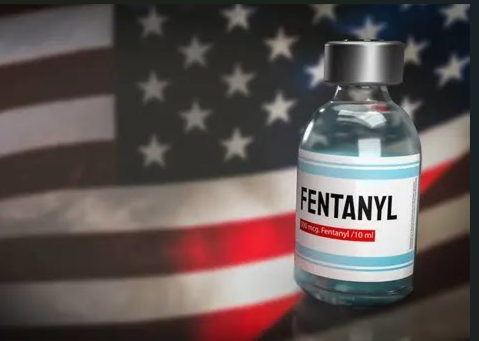CTPAT Business Partner Outreach: What It Is, Why It Matters, and How Often to Do It
For many CTPAT certified companies, their security program is pretty solid for requirements around procedures, training, facility controls, etc....
2 min read
Therese Fasano : Apr 15, 2024 12:05:26 PM

Introduction:
"Why Vendor Management for CTPAT?" This question may linger in the minds of many business owners and managers engaged in international trade. In this article, we delve into the significance of vendor management within the context of the Customs Trade Partnership Against Terrorism (CTPAT) program. Let's explore what Vendor Management entails, its role in ensuring supply chain security, and why it's a critical component of CTPAT certification.
Understanding Vendor Management:
Vendor Management (VM) is a system to help you organize, track, and understand the security measures implemented by your business partners who are not CTPAT certified. This is accomplished with the use of an annual security questionnaire to gather a better understanding of your partners' security practices. The questionnaire opens the door to share ideas with those who may need help implementing security measures to align with CTPAT requirements.
CTPAT Security Questionnaire:
The CTPAT Security Questionnaire forms the backbone of Vendor Management efforts. It enables companies to assess their partners' security and educate them on the areas of possible risk and how they can make simple changes towards improvement. Questions cover cargo handling procedures, cyber security and policies against forced labor and human trafficking. By engaging partners in dialogue and providing guidance on implementing robust security solutions, companies contribute to the overarching goal of supply chain security mandated by the CTPAT program.
Distribution of Standard Operating Procedures (SOPs):
In addition to the questionnaire, companies are able to use Veroot to share Standard Operating Procedures (SOPs) to educate their partners about CTPAT's Minimum Security Criteria. These SOPs serve as a reference guide, outlining the necessary protocols for ensuring compliance with the program. As the CTPAT program evolves, SOPs are updated to reflect the latest requirements, ensuring that all stakeholders remain informed and aligned with program standards.
Employee Training:
While Vendor Management primarily focuses on external partners, employee training is equally crucial in maintaining supply chain security. SOPs on security awareness should be given to all employees involved in cargo handling and documentation. Coupled with these SOPs, employees complete an annual CTPAT Employee Test, evaluating their comprehension of security protocols outlined in the SOPs. This ensures that every individual within the company understands their role in safeguarding cargo, facilities, and equipment.
Continuous Assessment and Updating:
The journey towards CTPAT certification is not a one-time endeavor but rather an ongoing commitment to security compliance. Tests for employees and questionnaires for business partners should be conducted annually to ensure that information remains current and relevant. By continuously assessing and updating security measures, companies demonstrate their dedication to maintaining the highest standards of supply chain security.
Conclusion:
In a global landscape full of security challenges, using Vendor Management add an extra layer of CTPAT compliance. By proactively engaging with partners, distributing SOPs, and conducting employee training, companies can protect themselves against potential threats while advancing the objectives of the CTPAT program. As the regulatory landscape evolves, a dedicated commitment to Vendor Management ensures that businesses remain agile, resilient, and well-positioned to navigate the complexities of international trade.
Want to learn more? Please contact us per below or email compliance@veroot.com

For many CTPAT certified companies, their security program is pretty solid for requirements around procedures, training, facility controls, etc....

So…you have decided you want to be a member of the CTPAT program. Perhaps a client is requesting it – or maybe you just want to prevent shipping...

In recent years, the United States has been grappling with an alarming surge in the fentanyl and opioid crisis, casting a somber shadow over...